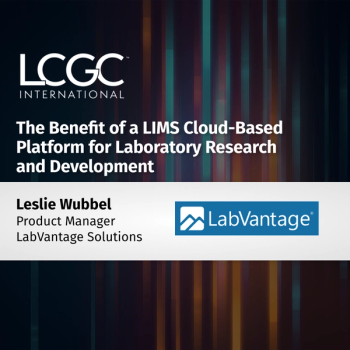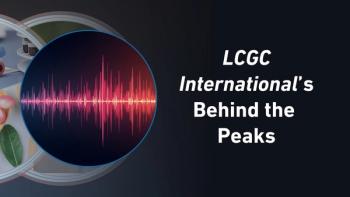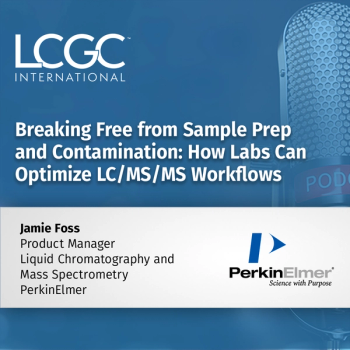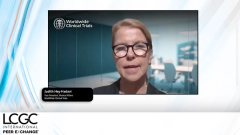
Latest from LCGC International
2 months ago
Breaking Into Industry2 months ago
Onboarding New LC Users: A Top Ten ListLatest Content
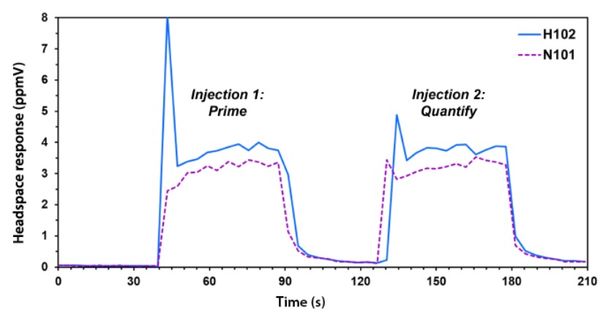
High-throughput Headspace Analysis of Volatile Nitrosamines and their Secondary Amine Precursors

Making Scientific Data AI Ready and FAIR Compliant Across Diverse Systems

Detecting Estrogen Signatures in MCN Tumors via Targeted LC-MS/MS

Best of the Week: The Scientific Method in the Age of AI, Rewiring the Fundamentals
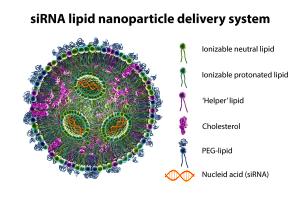
Streamlined Method Development for Efficient and Reliable Lipid Nanoparticle Analysis

Shorts

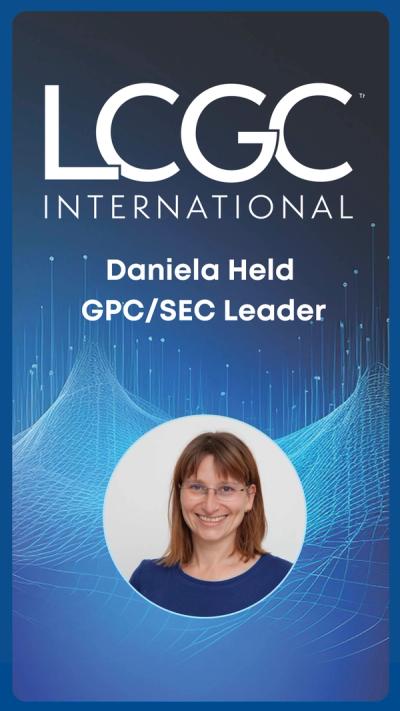




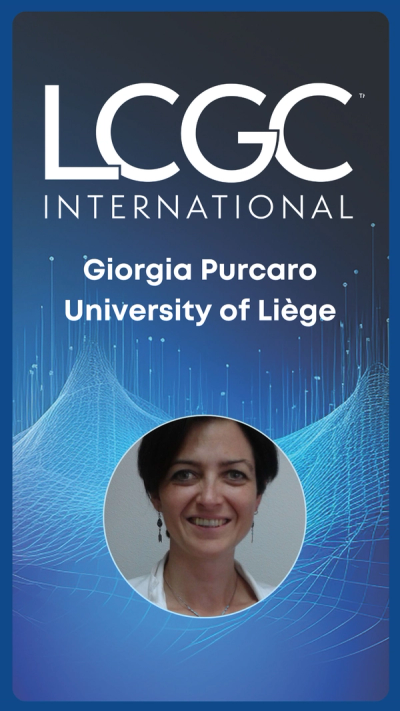
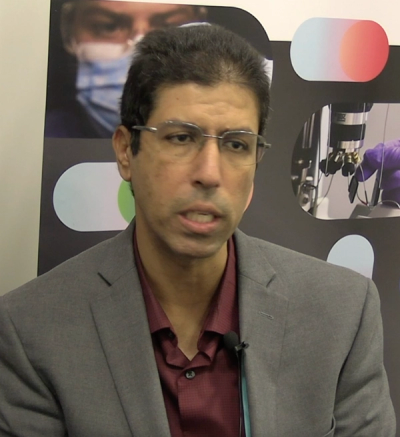

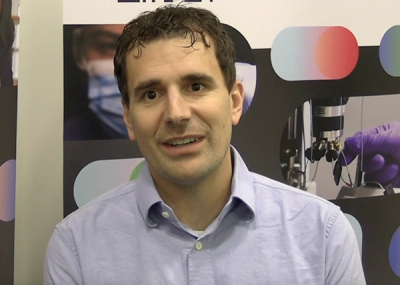
Podcasts
Videos
All Content

In the third part of this roundtable discussion focused on the experiences, challenges, and contributions of women in chromatography, LCGC International spoke to Susanne Boye, Daniela Held, and Claudia Zielke about how to position yourself for leadership.

Researchers investigating how beer and the hepatopancreas influence the flavor of red swamp crayfish assessed the effects of cooking with or without the hepatopancreas in beer or water on crayfish quality using sensory analysis, electronic nose technology, and gas chromatography–ion mobility spectrometry (GC-IMS).

High-throughput mass spectrometry (HT-MS) is becoming a driving force in modern drug discovery. This article explains how a purpose-built digital ecosystem—featuring structured data, automation, artificial intelligence (AI)-driven analytics, and cloud scalability—is essential to translate massive HT-MS data sets into reproducible, actionable decisions.

In the second part of this roundtable discussion focused on the experiences, challenges, and contributions of women in chromatography, LCGC International spoke to Susanne Boye, Daniela Held, and Claudia Zielke about the best strategies to advance your career in chromatography.

A look at the biggest technical barriers preventing full digital integration

Researchers aiming to determine the optimal harvest time for maximum essential oil and linalool yields from basil hydro distilled the dried leaves of gathered plant samples for extraction of essential oil and subjected the resulting produce to gas chromatography-mass spectrometry (GC-MS) analysis to determine the variance in chemical compounds composition.

In the first part of this roundtable discussion focused on the experiences, challenges, and contributions of women in chromatography, LCGC International spoke to Susanne Boye, Daniela Held, and Claudia Zielke about their route into separation science.
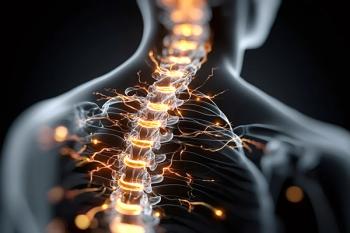
Researchers investigating the prevalence of vitamin D deficiency and insufficiency in individuals with chronic spinal cord injury assessed participants’ vitamin D levels using high-performance liquid chromatography-tandem mass spectrometry (HPLC-MS/MS).

This month's LCGC Blog from Jonathan Shackman from the American Chemical Society (ACS) reflects on how early experiences with computer programming shaped the author’s understanding of fundamental logic, and how today’s artificial intelligence (AI) tools similarly shift the balance between mastering low-level processes and focusing on analytical goals.

Andrew Anderson, VP of innovation and informatics strategy at ACD/Labs, talks about how the scientific method is being redefined and the role the AI-digital-physical DMTA cycle plays.
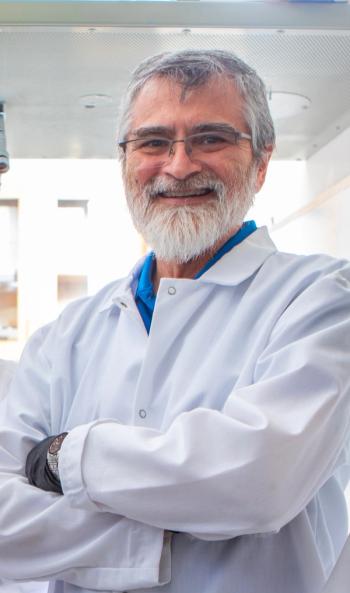
Silica stationary phases are traditionally prepared through silanization, where silanol groups on the silica surface react with organosilanes to create chemically bonded layers, typically with hydrocarbon chains such as C18 or C8 for reversed-phase separations. A research team from the Department of Chemistry at the University at Buffalo introduced an alternative surface modification method that avoids silanization, using diazonium chemistry instead. LCGC International spoke to Luis A. Colón, corresponding author of the paper that resulted from the team's research, about the method.
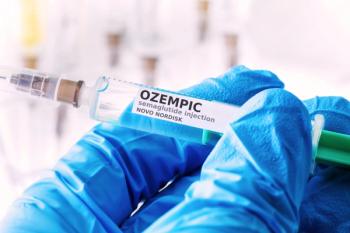
GLP-1 receptor agonists (GLP-1 RAs) are transforming metabolic disease treatment, with analytical chemists playing a critical role in formulation, stability testing, and clinical trial support for injectable and oral therapies.
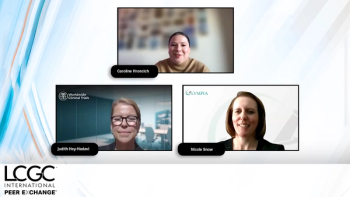
The speakers highlight emerging trends in GLP-1 therapy, including personalized dosing, weight maintenance, combination treatments, and global innovations shaping the future of obesity management.

Judith Hey-Hadavi and Nicole Snow discuss staying current on GLP-1 research and managing therapy side effects to support patient outcomes.

Top articles published this week include several clips from a recent peer exchange on GLP-1 therapies and an interview with IQ Consortium’s Nucleic Acid Working Group.














